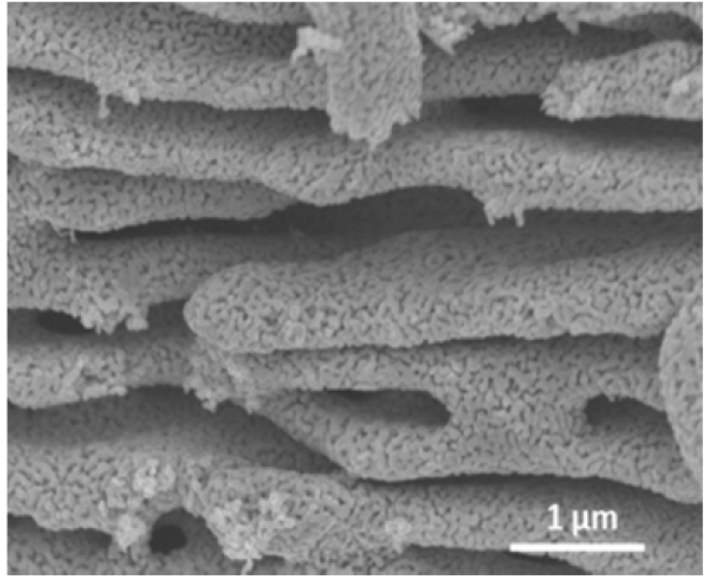Carbon dioxide (CO2) is an industrial waste product and the most important contributor to climate change. There is much interest in capturing and converting it into useful products. One class of compounds under consideration is methane and other fuels that can be readily integrated into fuel for vehicles and power plants. An obstacle to the deployment of a one-step electrochemical based methane electrosynthesis is the development of low-cost electrocatalysts that are able to facilitate energy-efficient production of methane, ethylene or other hydrocarbons from CO2 with high selectivity and long-term stability. There are similarities between the binding chemistry of methane electrosynthesis reaction intermediates, which limits the ability to manipulate the reactivity and selectivity using pure transition metals or traditional transition metal alloys. In order to develop new, promising catalysts that have improved reactivity and selectivity, LLNL researchers established a theory-based rational design platform for dilute alloy transition metal electrocatalysts.
Using their computational design optimization, LLNL researchers have developed copper-based dilute alloy catalysts (contains <10 at.% of the minority metal alloy component) and demonstrated these novel catalysts have improved energy efficiency and selectivity of the methane conversion reaction. By alloying copper with a small amount of the electropositive minority metal element, the activation barrier for coupling two CO molecules (the rate limiting step for carbon dioxide reduction) is lowered with the catalyst. This electroreduction process to C2 products does not require direct chemical bonding to the dilute alloy minority component metal atom. The presence of the dilute alloy minority metal component not only helps improve activity, but also stabilizes the copper catalyst.
Related references:
https://www.llnl.gov/article/49101/breaking-easy-do-copper-titanium-catalysts
J. Beiner Final Technical Report System Integration of Rationally Designed Dilute Alloy Catalysts for Energy-Efficient Electrochemical CO2-To-Fuel Conversion (https://www.osti.gov/servlets/purl/1959498)
Lee JD, Miller JB, Shneidman AV, Sun L, Weaver JF, Aizenberg J, Biener J, Boscoboinik JA, Foucher AC, Frenkel AI, van der Hoeven JES, Kozinsky B, Marcella N, Montemore MM, Ngan HT, O'Connor CR, Owen CJ, Stacchiola DJ, Stach EA, Madix RJ, Sautet P, Friend CM. Dilute Alloys Based on Au, Ag, or Cu for Efficient Catalysis: From Synthesis to Active Sites. Chem Rev. 2022 May 11;122(9):8758-8808 (https://doi.org/10.1021/acs.chemrev.1c00967)
- Cost-effective, copper-based catalysts instead of Platinum group metals.
- Rational computational design method for catalysts – could potentially be applied to a broad range of selective reactions (e.g., oxidations, hydrogenations)
- CO2 conversion to useful fuel feedstocks
- More efficient catalyst design for automobiles
- Environmental contaminant degradation
Current stage of technology development: TRL 2
U.S. Patent Application No. 2021/0147989 Dilute Alloy Catalysts For Electrochemical CO2 Reductionpublished 5/20/2021


